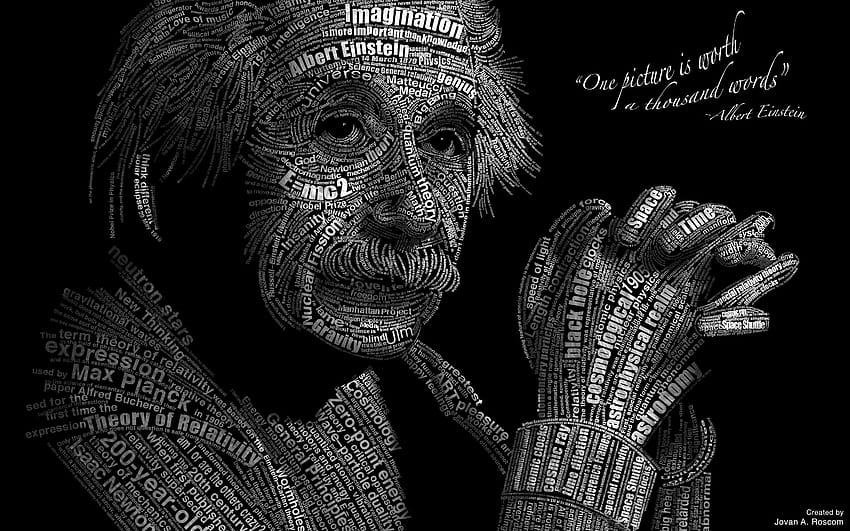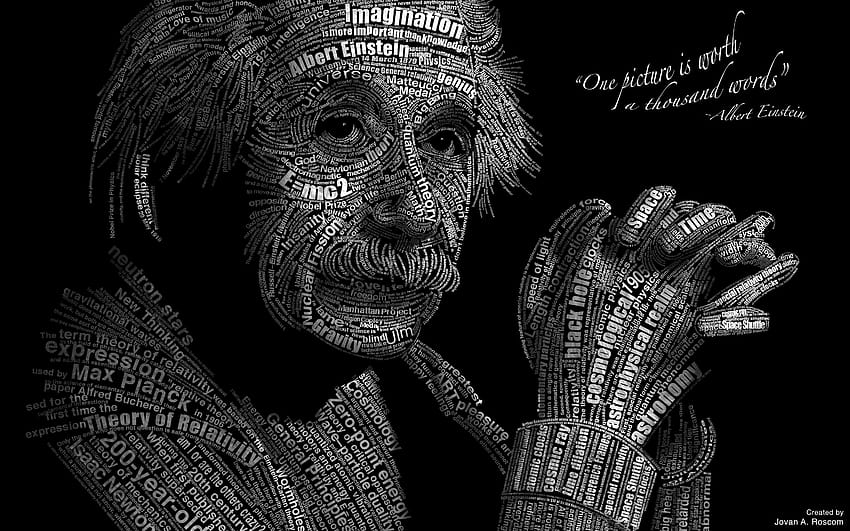1. **Economic Impact:**
The economic impact of the Silk Road was profound, extending beyond resolving military conflicts for the Han Dynasty. The trade routes facilitated the exchange of goods like silk, spices, and technology, stimulating economic growth in regions along the route. This economic interdependence not only addressed geopolitical challenges but also laid the foundation for a global trade network that influenced the development of civilizations.
2. **Cultural Exchange:**
The Silk Road was a conduit for the exchange of diverse cultures. As goods traversed the route, so did ideas, religions, and artistic influences. This cultural diffusion not only enriched societies but also created a shared heritage. The transfer of silk production techniques from China to the Byzantine Empire exemplifies how cultural practices were disseminated, contributing to a more interconnected world.
3. **Technological Transfer:**
Technological advancements, particularly gunpowder and paper, were transmitted along the Silk Road. Gunpowder revolutionized warfare, transforming military strategies globally. Paper, introduced in China, replaced traditional writing surfaces, influencing education, communication, and the dissemination of knowledge. This technological transfer demonstrates how the Silk Road catalyzed innovation on a global scale.
4. **Role of Middlemen and Business Expansion:**
The Silk Road's intricate trade network created opportunities for middlemen, contributing to the growth of businesses catering to the needs of travelers and traders. Inns and resting places flourished along the routes, providing essential services for merchants. This economic ecosystem not only facilitated trade but also spurred entrepreneurship, contributing to the prosperity of regions connected by the Silk Road.
5. **Exploration and Exploration Motivation:**
The Silk Road served as a source of inspiration for explorers, with Marco Polo's journey being a notable example. His travels, documented in "The Travels of Marco Polo," introduced Europeans to the vast riches and diverse cultures of the East. This sparked a curiosity that influenced subsequent explorations, leading to the Age of Discovery and shaping the course of global history.
6. **Disease Transmission:**
The interconnectedness of the Silk Road unintentionally facilitated the spread of diseases. The transmission of the Black Death along these trade routes is a poignant example. The exchange of goods and people contributed to the global dissemination of diseases, emphasizing the unintended consequences of the Silk Road's interconnected trade networks.
7. **Decline of the Silk Road:**
The decline of the Silk Road, triggered by the Ottoman Empire's conquest of Byzantium, marked a pivotal shift in global trade routes. This decline, however, spurred a new era of exploration as Europeans sought alternative maritime routes. The Silk Road's closure contributed to the Age of Discovery, reshaping global trade dynamics and influencing the geopolitical landscape.
8. **Legacy and Global Impact:**
The Silk Road's legacy extends beyond its operational years. It laid the groundwork for globalization, fostering a shared human experience across diverse cultures. The desire for exploration and trade, ignited by the Silk Road, set the stage for historical events such as European expansion, the discovery of the New World, and the emergence of a globalized world that continues to shape our interconnected present.



